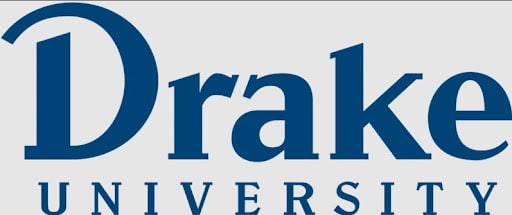Iowa’s rural economy bolstered by hiring and exports

Iowa’s rural economy was boosted in December behind increased hiring and a big jump in beef and soybean exports, according to a monthly survey of rural bank managers.
Creighton University’s Rural Mainstreet Index, released Thursday, showed that Iowa’s index score rose to 54.7 in December, up from 47 in November. The index ranges from zero to 100, with a score of 50 indicating neutral growth for the next six months.
Iowa’s new-hiring index increased slightly to 53.4, from 51.9 the previous month. The report showed that while the state’s farmland price index fell a point to 69.2, it remained strong and well above neutral growth.
According to the report, the state’s top five exported farm products saw mixed performances during the third quarter of 2022 compared with the same period the year before. While corn, pork and soybean meal all experienced declines, beef exports rose 33.8% in the third quarter with soybean exports jumping 93.2%, the report showed.
For the 10-state region that is included in the survey, the index increased to above growth-neutral for the first time in six months. The December index score rose to 50.1, from 45.7 in November.
Ernie Goss, chair in regional economics at Creighton, said farmers are expected to see lower growth in net income this year compared with national expectations.
“The Rural Mainstreet economy continues to experience slow, to no, to slightly negative economic growth,” he said in the report. “On average, bankers expect 2022 net farm income in the region to expand by 10.0% in comparison to USDA’s projected growth of 13.8% for the nation’s farmers.”
The region’s farmland price index declined nearly three points in December to 65.4. Despite the decline, it was the 27th straight month it remained above growth-neutral. The continued strength in farmland prices could discourage investment in farm operations, with almost one-fourth of the bankers surveyed saying that they expect high farmland prices to discourage investments in 2023.
The farm equipment sales index also remained strong in December, rising to 60.4 from 59.5 in November.
According to the report, more than one-third of bankers said higher interest rates were not affecting sales, while more than 19% said higher rates were restricting farm equipment purchases.
“Higher farm input costs, greater farm equipment sales and drought conditions in portions of the region supported strong borrowing from farmers. At the same time, higher interest rates encouraged greater CD purchases by farmers,” Goss said
The report also showed that labor shortages continue to constrain growth for rural businesses. The new hiring index for the region was unchanged in December at 49.1.
Higher agricultural input costs, higher interest rates and strong energy prices have continued to keep confidence low, with the confidence index score rising to a still very weak 29.6, up from 27.3 the prior month.
“Over the past nine months, the regional confidence index has fallen to levels indicating a very negative outlook,” Goss said.
That low confidence carried over into the outlook for the holiday shopping season, with the retail sales index remaining unchanged at 45.5.
“Bankers were pessimistic regarding the economic outlook for the Christmas and holiday buying season as they expect growth at less than 1.0%, or 0.8%, from the 2021 season,” Goss said.
The home sales index also indicated a pessimistic outlook for early next year, falling to 33.3, down from 34.8 in November.
“This is the seventh straight month that the home-sales index has fallen below growth neutral. An almost doubling of the 30-year mortgage rate over the past year slowed home sales in the region over that time period,” Goss said.









